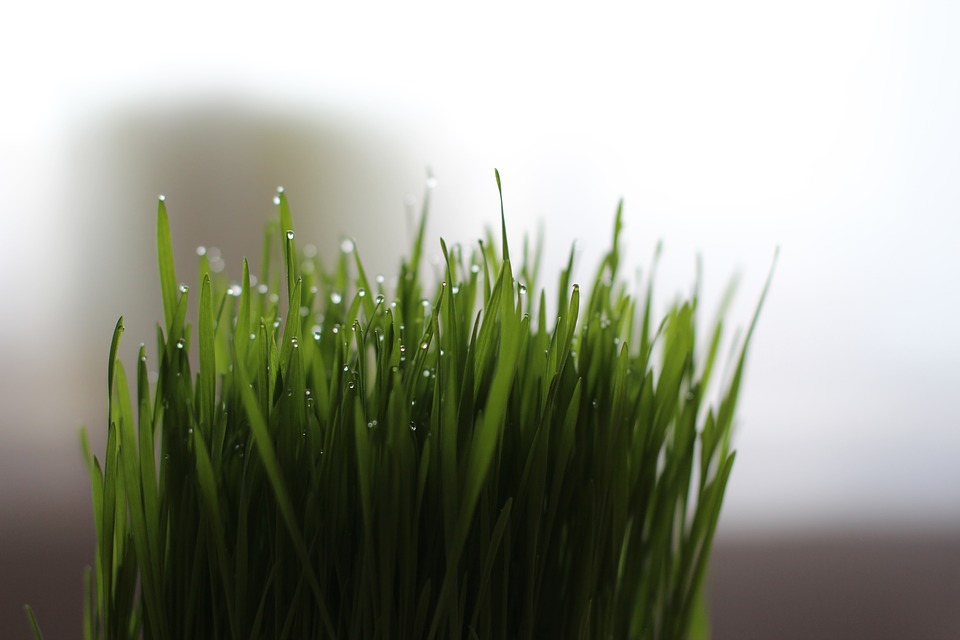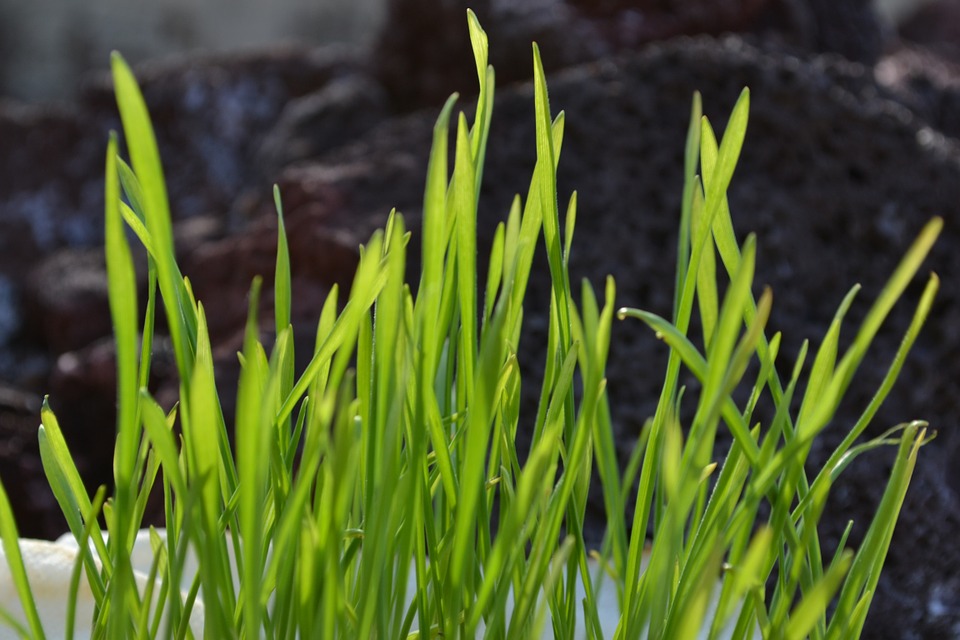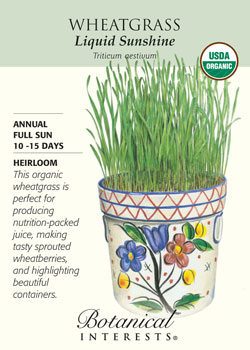
There are many uses of wheatgrass in our day to day life. It is taken as a food, drink and also dietary supplement for the diet lovers. Wheatgrass is the newly germinated leaves of the regular wheat plant.
It’s been thought that the health benefits of wheatgrass juice ensure your fitness and enriched immune system with amazing curability. You may be amazed to know that one serving of wheatgrass juice contains the nutrient benefits of five to seven servings of daily vegetable intake. You can plant wheatgrass in the garden easily and it’s all time accessible for you to make healthy juice daily. Gather more knowledge on the benefits and usage of wheatgrass as a supplement, food, and drink. You may think to plant wheatgrass outsides but you can protect the quality of the wheat plant effortlessly in the interior setting. It doesn’t matter where you grow the plant, the wheatgrass is the pack of nutrients you can get making juice of it. It has been used since the 5,000 years back in Mesopotamian civilization. Wheatgrass is a part of the cereal family.
How to Grow Wheatgrass Indoors
Planting wheatgrass in a garden makes it easy for you to get it easily for healthy nutrition for the body whenever you want. The disadvantage of sowing wheatgrass outsides is that animals, bird waste, and other substances may contaminate your grass. Indoor grown wheatgrass is mostly dirt-free and prone to be less damaged. As the plant is a short-dated crop it requires a shallow place. You can have a couple of glasses of juice from 2 teaspoons of wheatgrass seed. It’s enough to cover a pot not larger than the size of standard paper. The very first move for you is to steep the seed in the water. And leave them soaking for eight to twelve hours ideally. Leave the seeds for another 12 hours for dripping all the water to dry.
Wheatgrass Farming Methods
To grow edible wheatgrass in a tray, you need to clean it. It would be best to sterilize the shallow tray with a light bleach solution and clean it with the fresh water. Cover the tray with potting soil, compost up to 2 inches. And don’t forget to moisten the soil before planting wheatgrass seeds in the tray. It doesn’t matter whether you grow wheatgrass indoors or outdoors: it’s a splendid idea for the relieve of protection to keep an eye on your harvest and simply transferable. Wheatgrass loves temperatures between 60 to 75 F. and does not prefer temperatures over 90 F. After soaking and draining prepare the seed to plant in the pre-moistured soil.
When it starts to germinate, secure your wheatgrass in the garden from birds, animals and insects. Think about using a mesh safety garden cover or floating row cover. Keep the trays moist but not soggy. Water once to twice per day, depending on the temperature.

Caring for the Wheatgrass
You don’t have to be over caring for the green sprouts except watering regularly as it’s harvested for a short-term period. You need to keep the seedlings in a medium to bright light and avoid direct midday sunlight. When sprouts grow 6 to 7 inches tall, harvesting starts. You can use growing pads to make your extraction process effortless and make fertilizer out of them after harvesting the wheatgrass. Wheatgrass is well-known for surrendering to mold. So to avoid this mold issues makes a preparation of baking soda and water to spray over the plants daily. Follow this process regularly and smile with the benefits of wheatgrass when you harvest. To get the consistent supply plant new seeds in another tray.
Warning:
Keep in mind wheatgrass prefers temperatures less than 90 degrees Fahrenheit. The crop could ruin if the temperatures exceed the 90 degrees F. limit.

